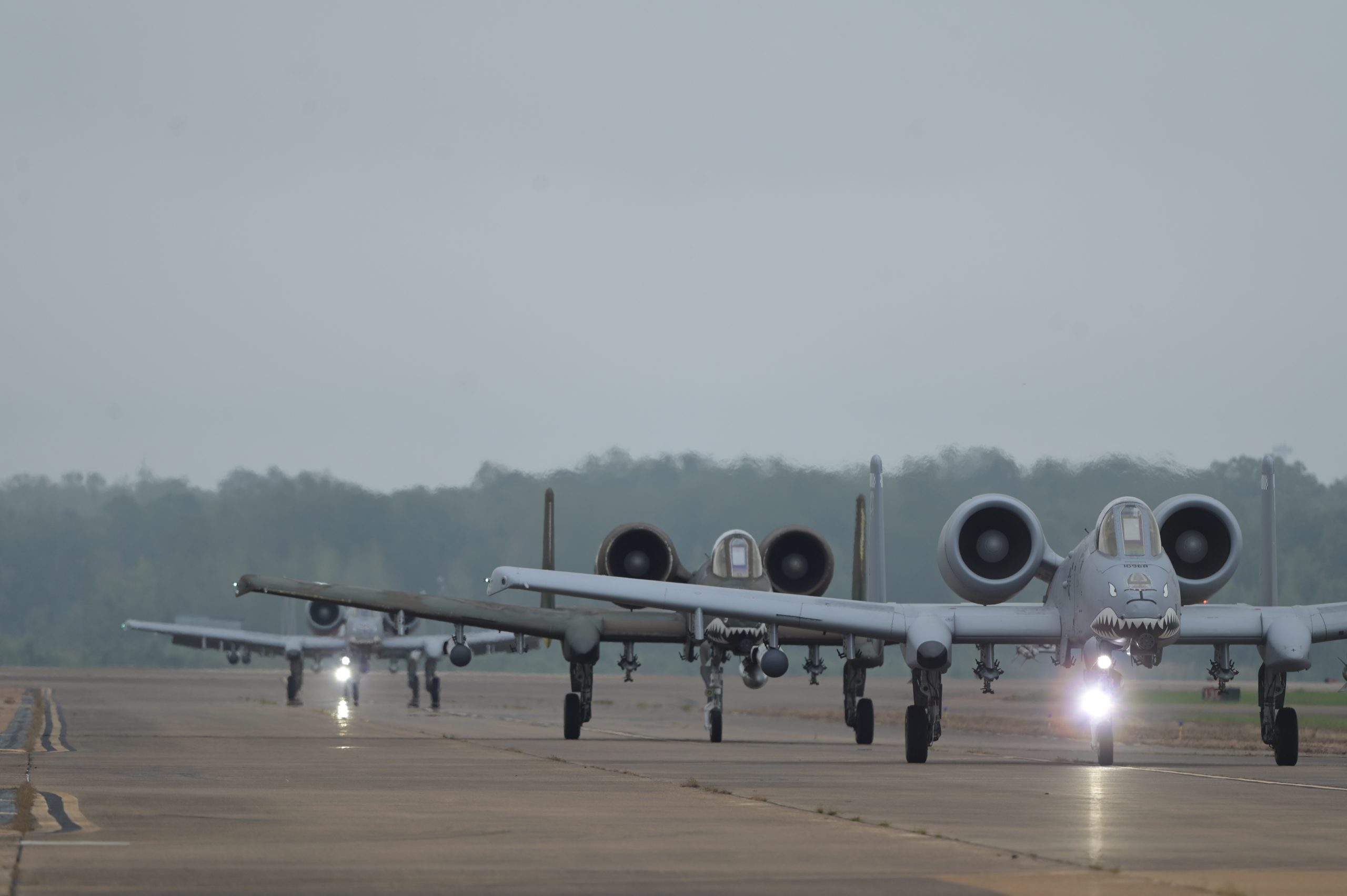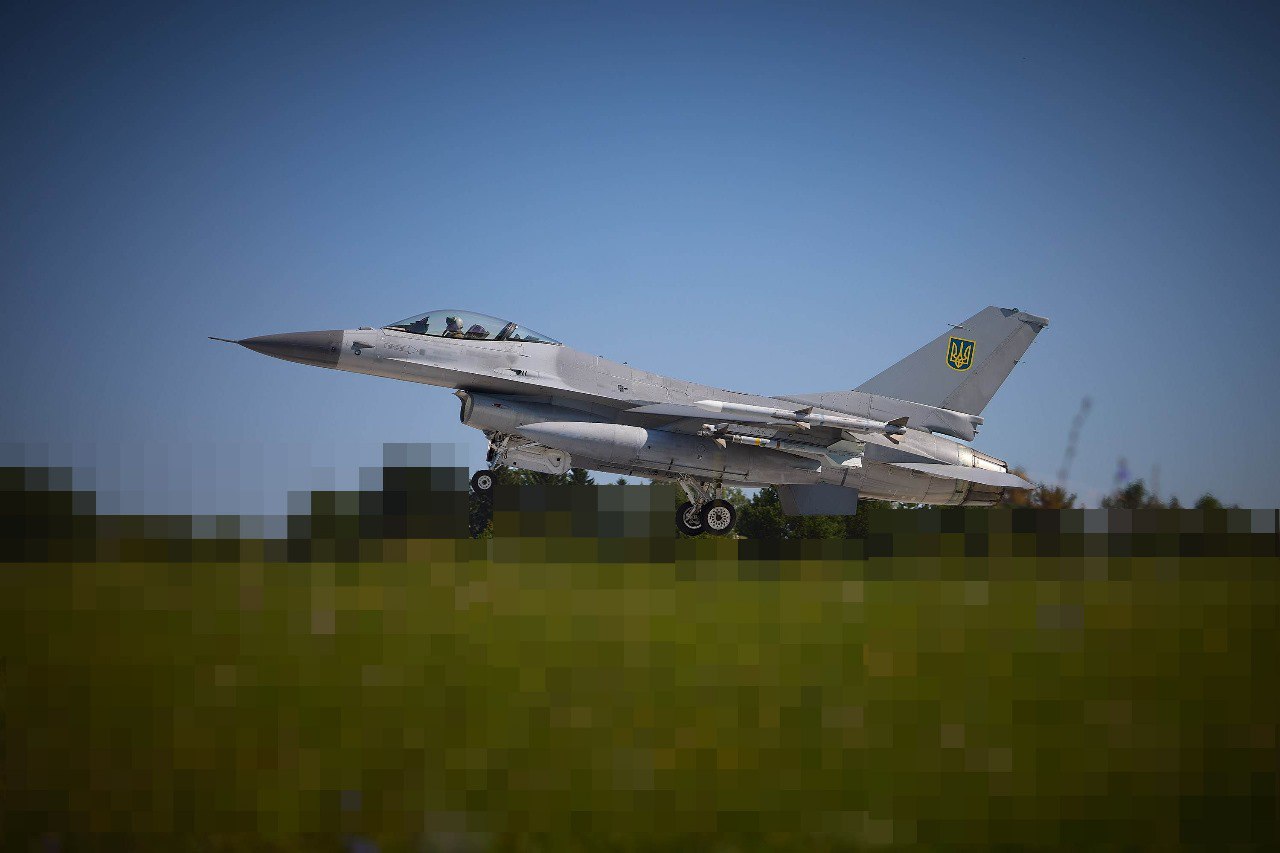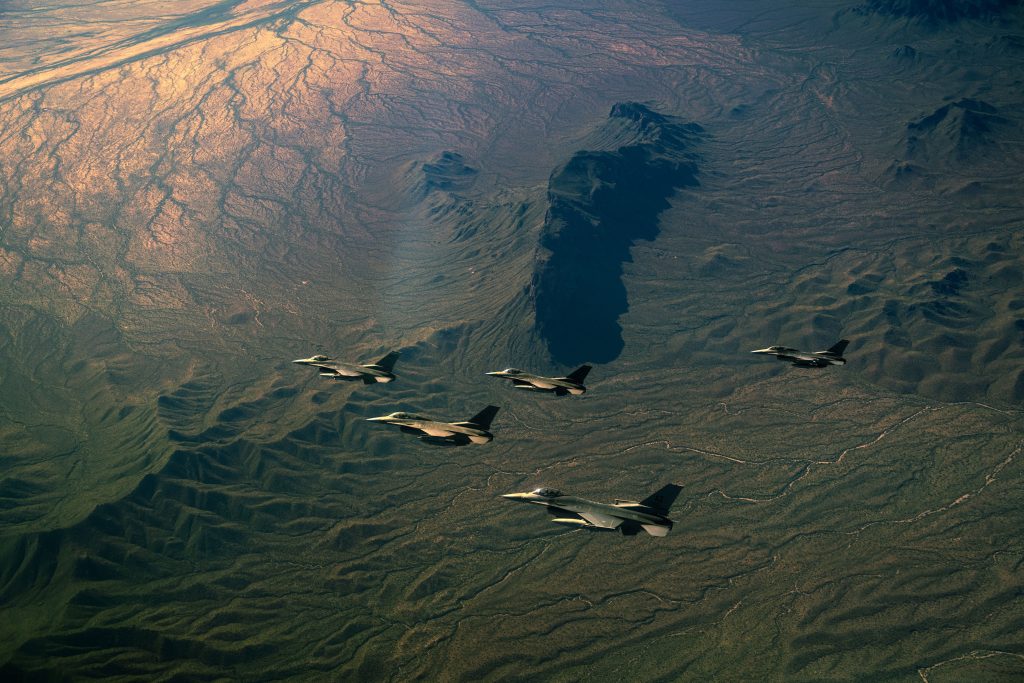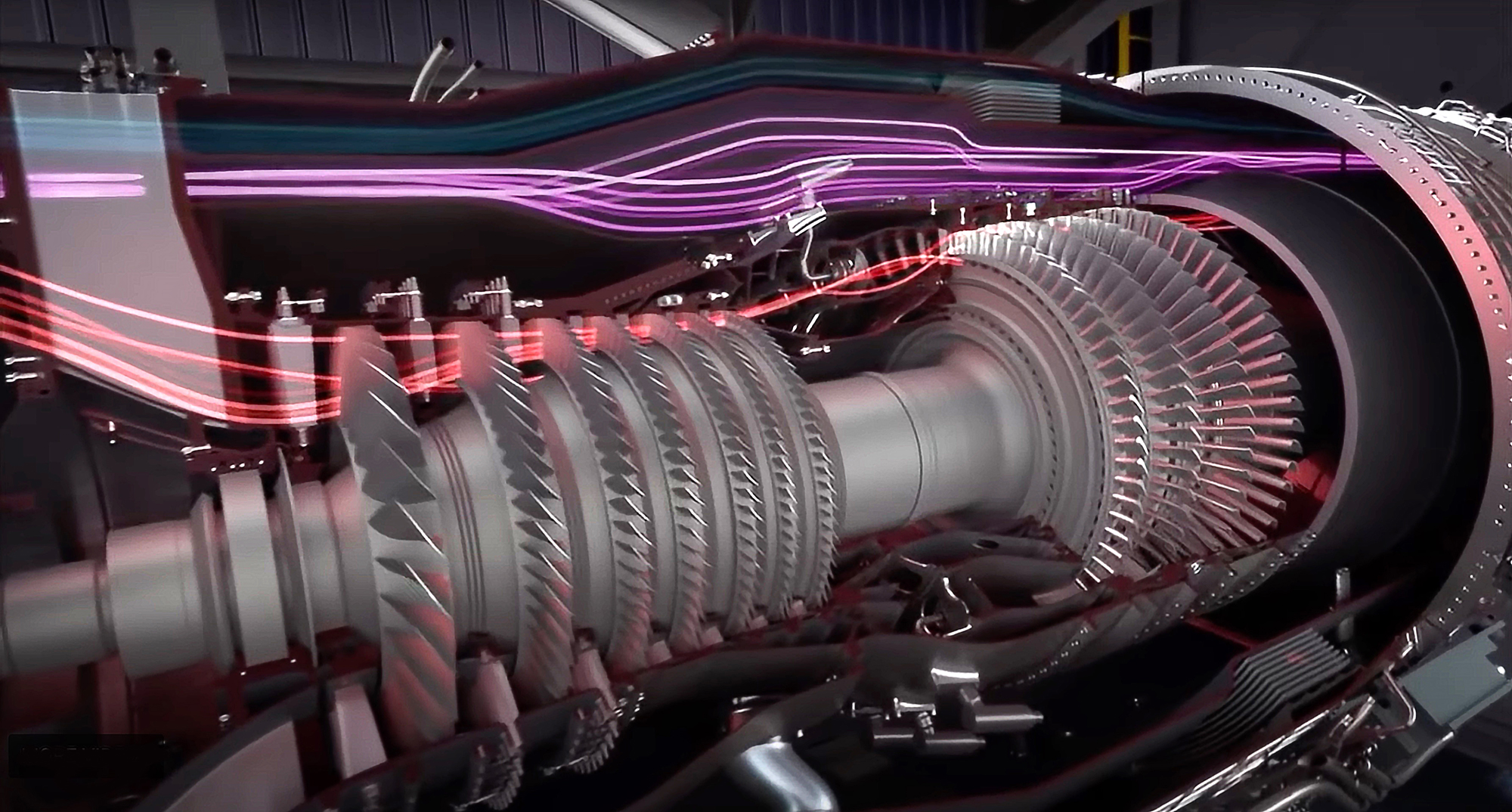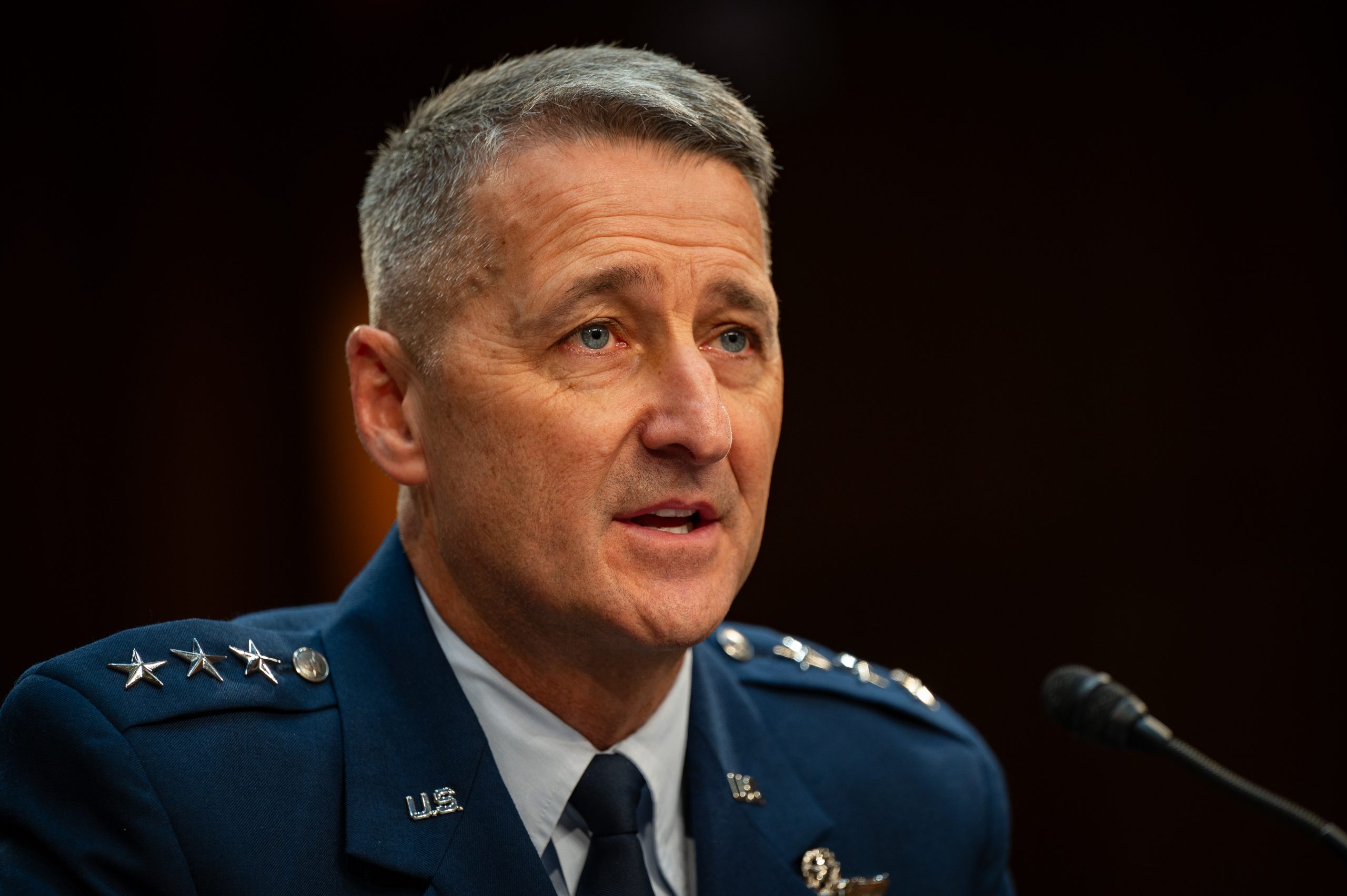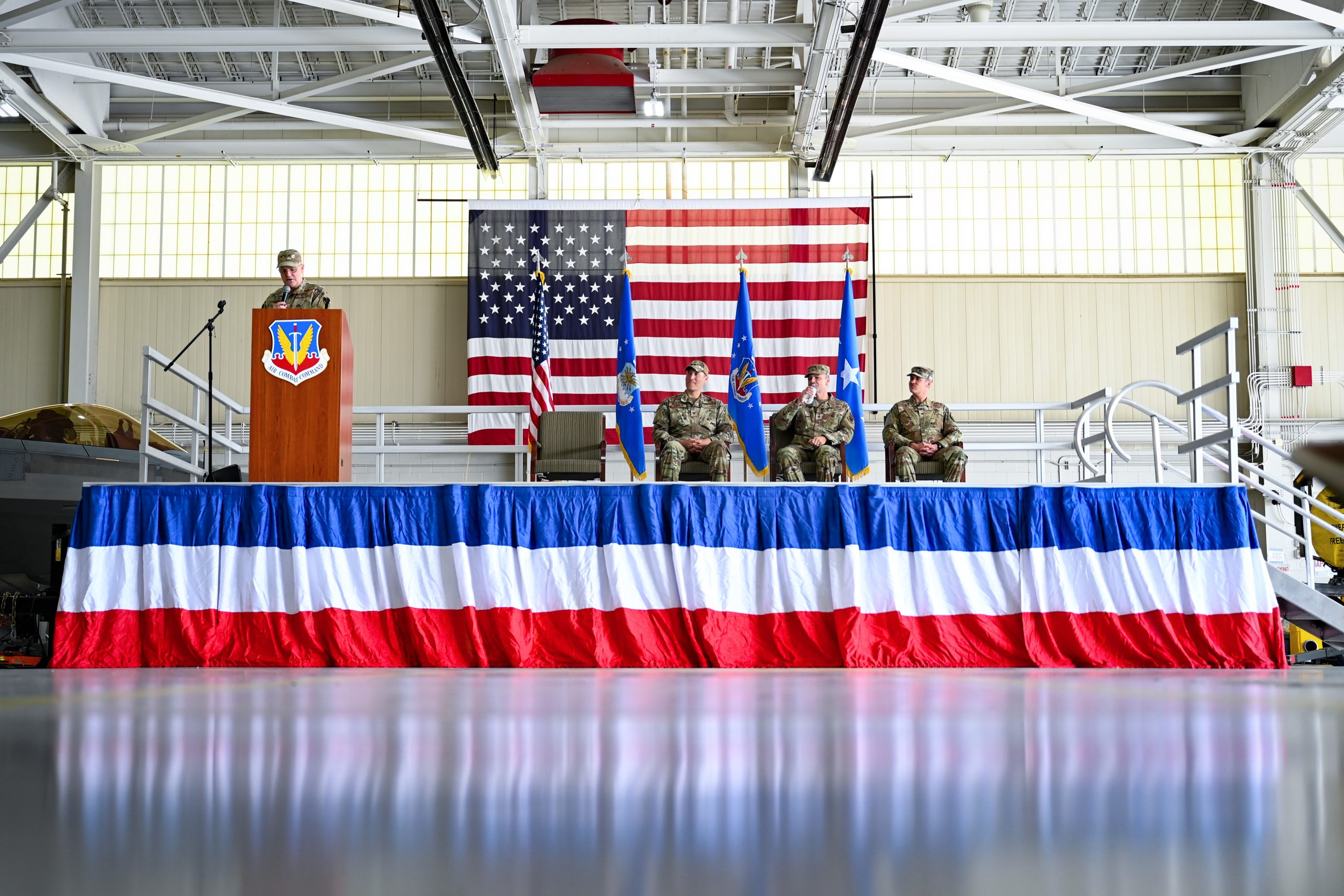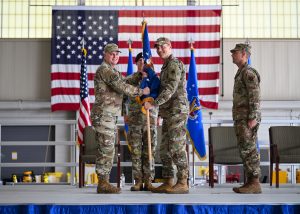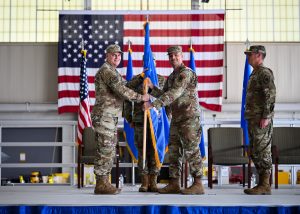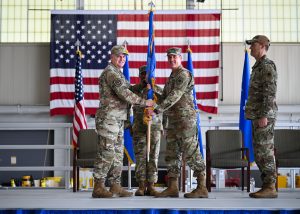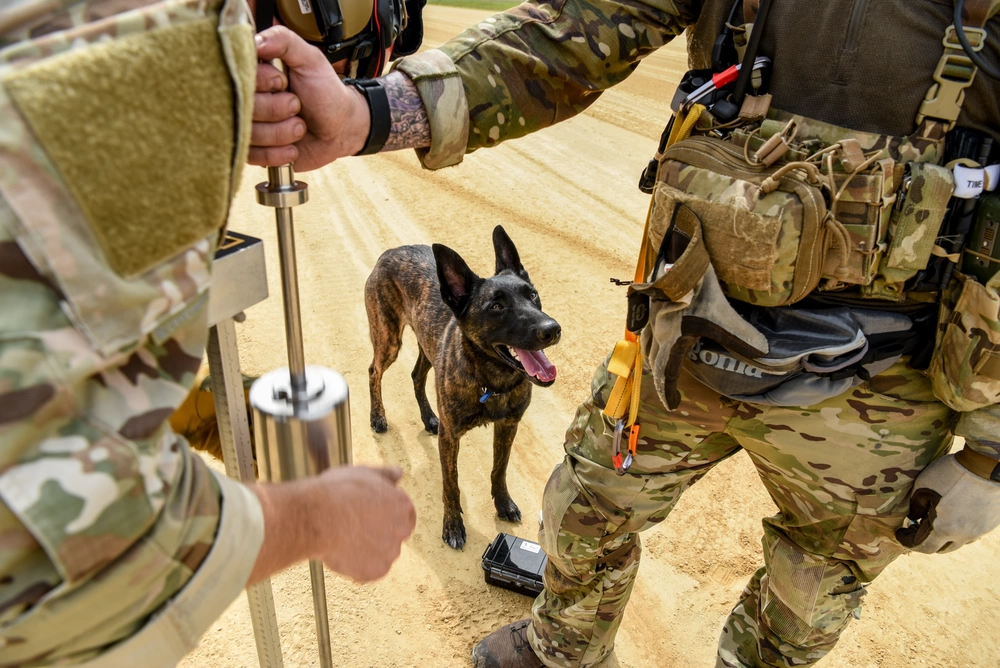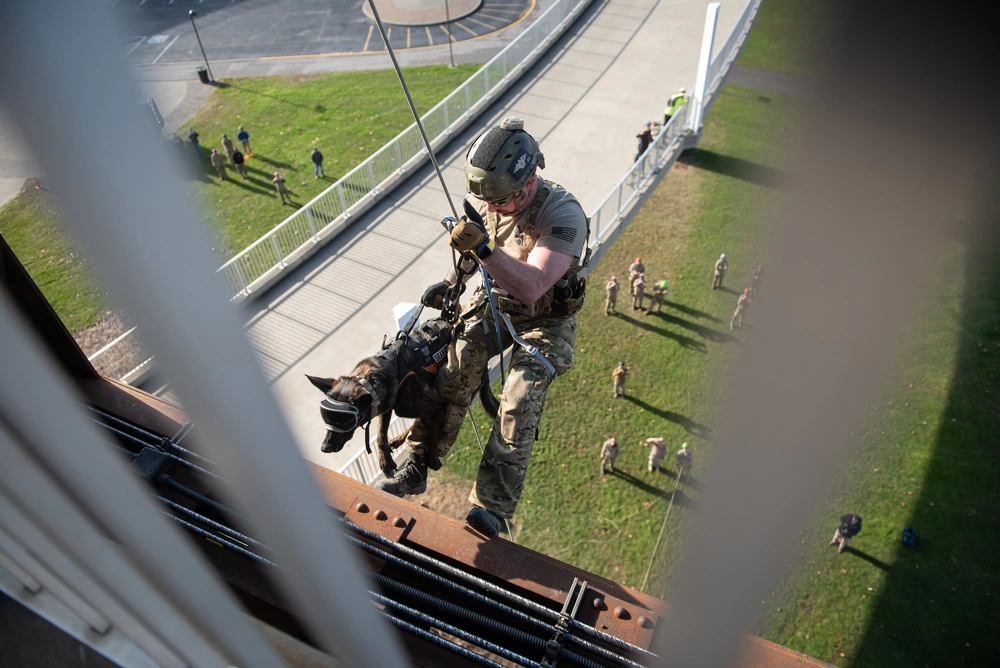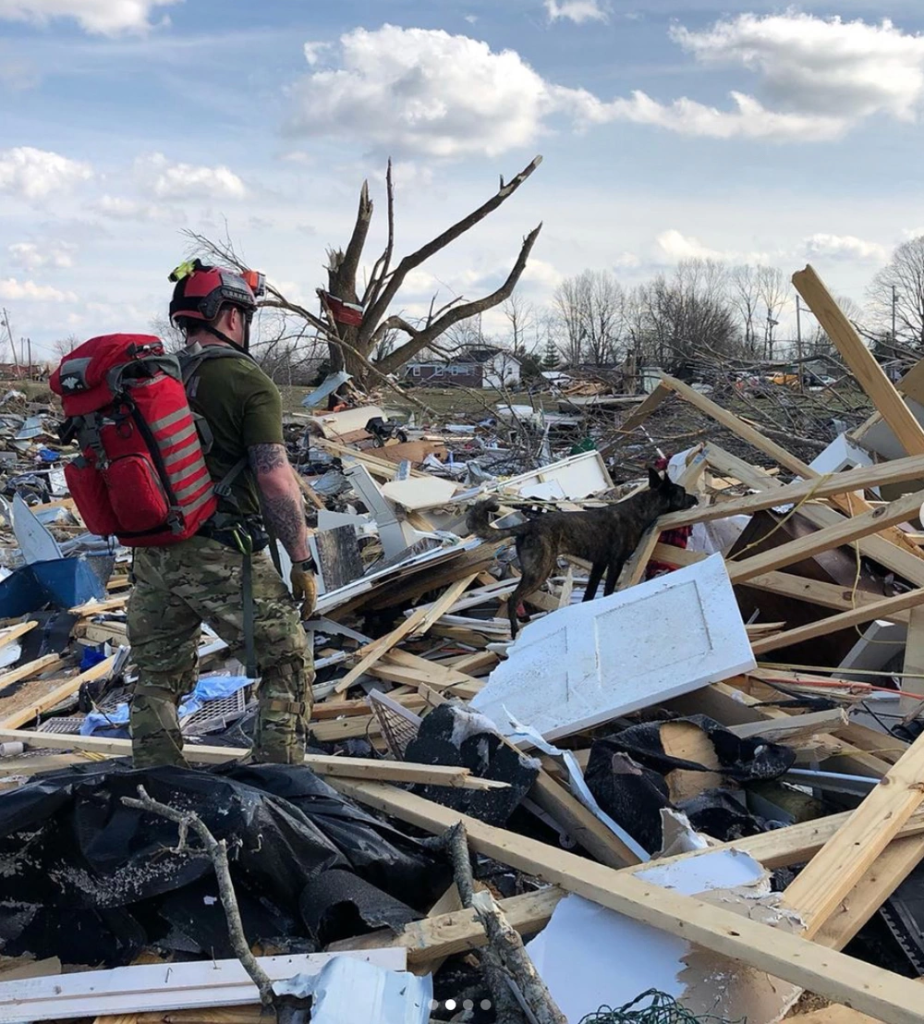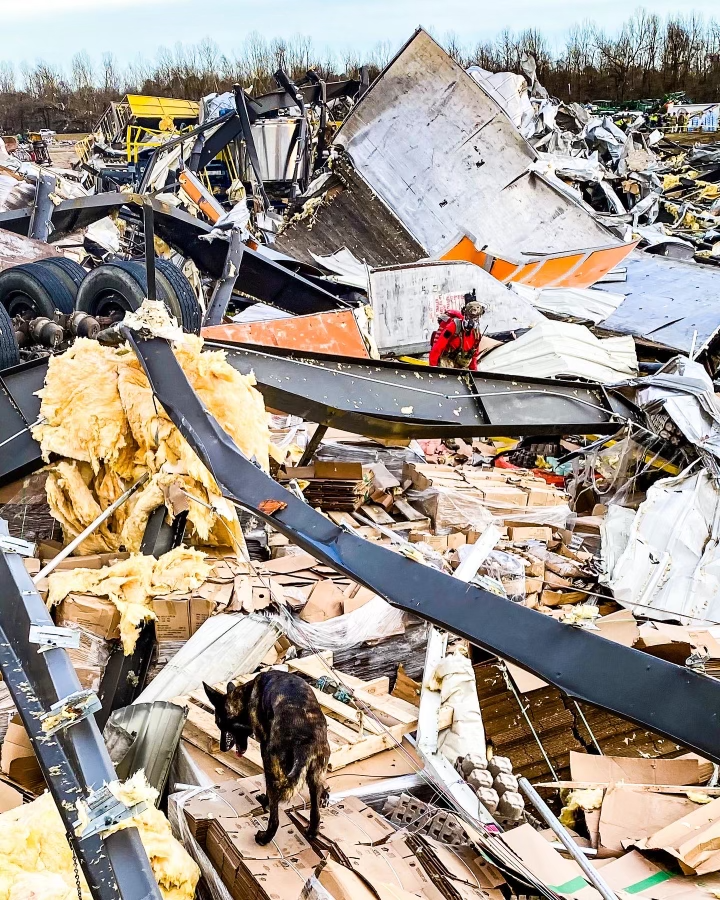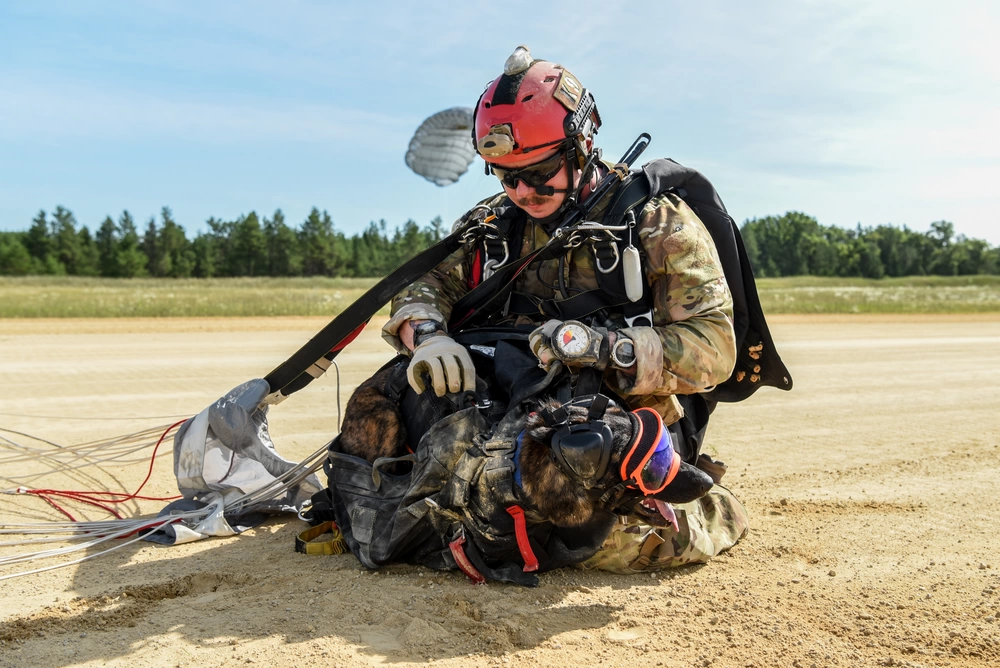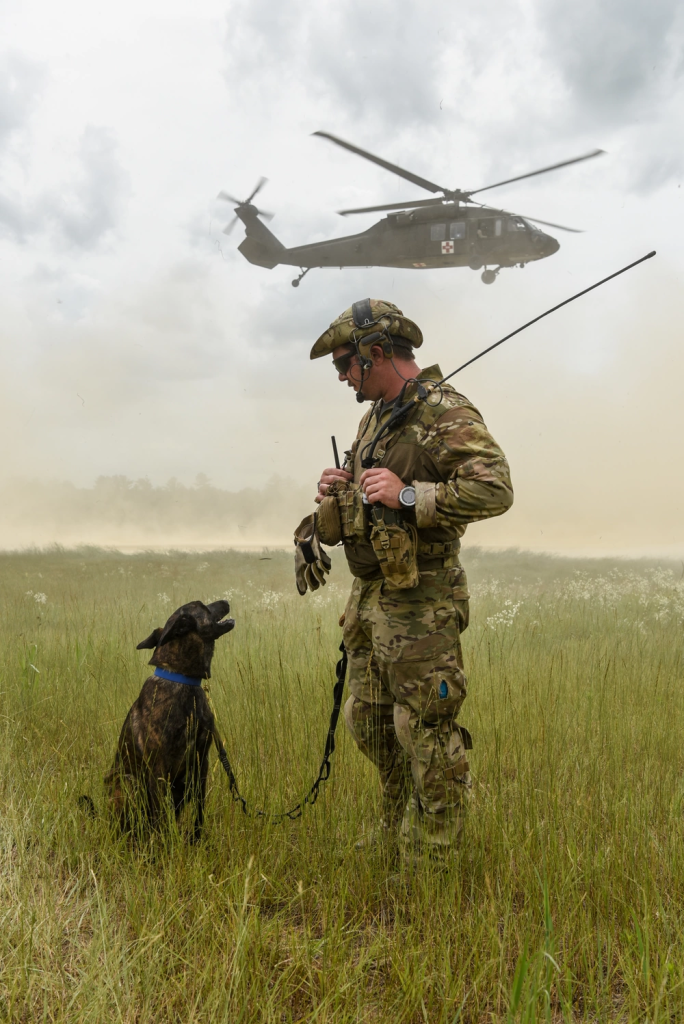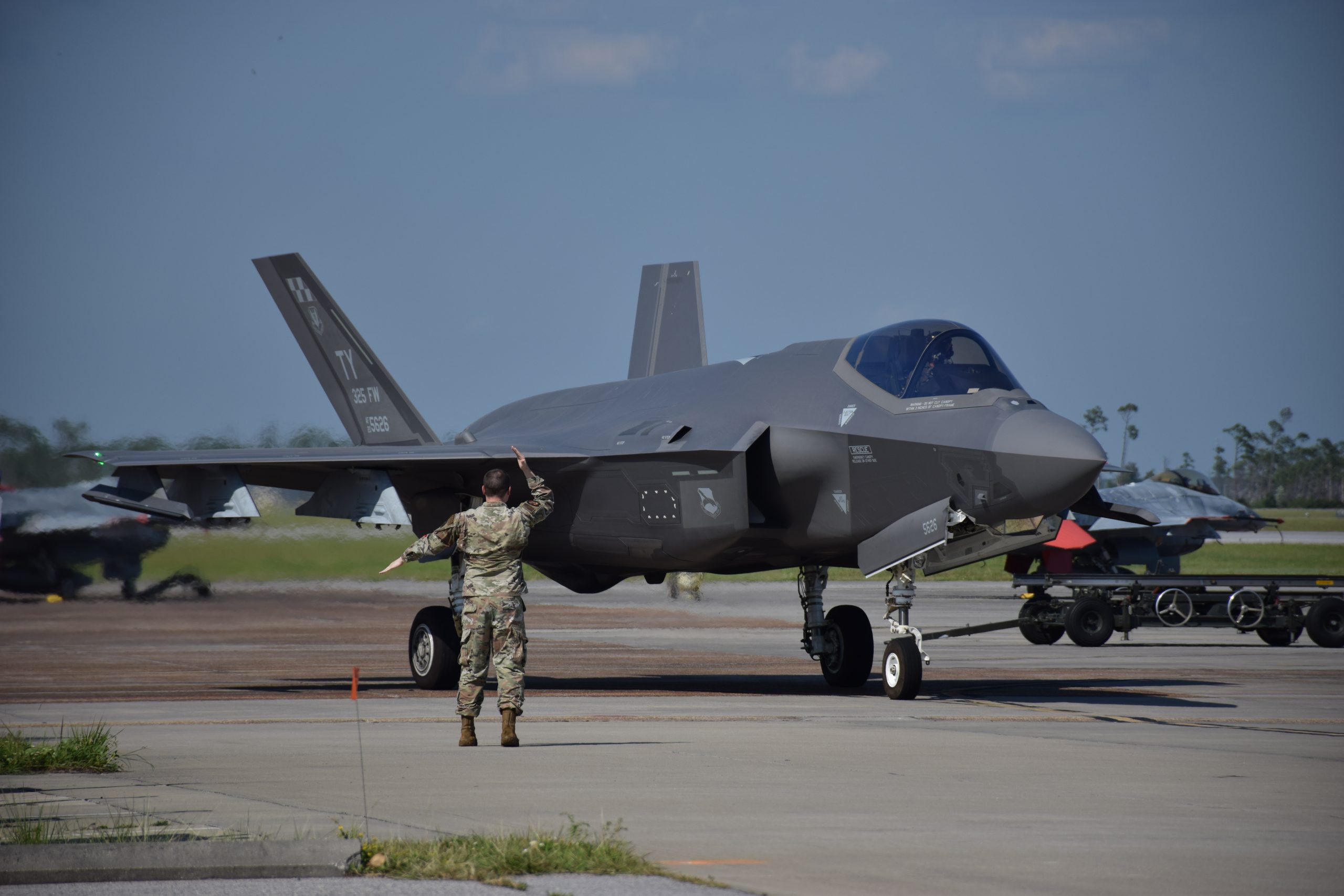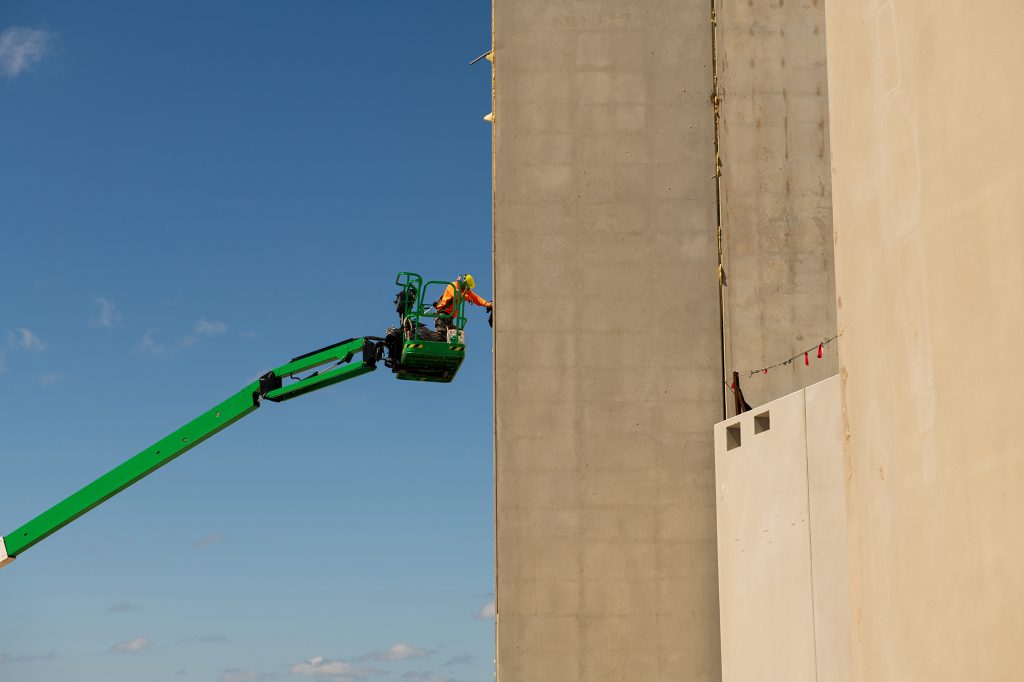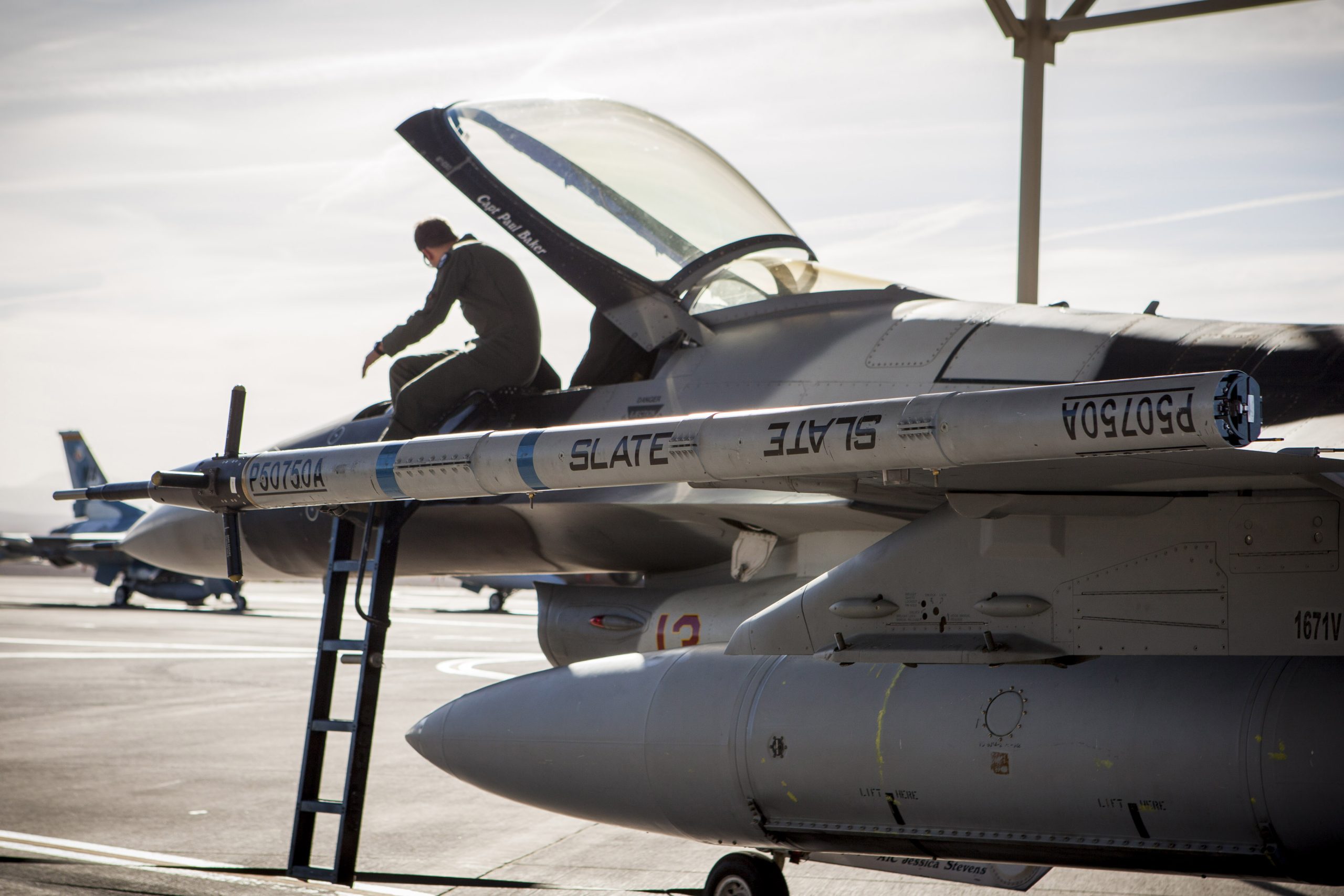Air Force installations across Florida hunkered down for Hurricane Helene on Sept. 26, closing many on-base services and only allowing mission-essential personnel on base.
The Category 2 hurricane, which is expected to strengthen and make landfall as a Category 4 storm, is also impacting the first-ever launch of a Space Force Guardian into orbit.
Florida’s Tyndall Air Force Base, Eglin Air Force Base, and MacDill Air Force Base all moved to mission essential posture as of the morning of Sept. 26. The storm is expected to make landfall around Florida’s Big Bend region in the evening.
At Tyndall, the base has moved to “HURCON 1” status, meaning 50-knot winds were expected in the next 12 hours. The base is closed to all non-mission essential personnel, but no evacuation orders have been issued.
The track of the storm had shifted slightly east of Tyndall as of the early afternoon of Sept. 26, and the base is now forecasted to avoid a direct hit such as the one it suffered in 2018 when the Category 5 Hurricane Michael caused widespread destruction and $5 billion in damages. Officials previously told Air & Space Forces Magazine that the base’s new F-35 fighters deployed to Nellis Air Force Base, Nev., for a training exercise before the storm and will extend their stay there until the storm passes.
Col. Ed Szczepanik, installation commander for MacDill, issued a limited evacuation order Sept. 25 to allow security forces to secure the base ahead of the storm. MacDill, which sits almost exactly at sea level in the Tampa Bay area, also evacuated its KC-135 tankers on Sept. 24 ahead of the storm. The base also serves as headquarters for U.S. Central Command.
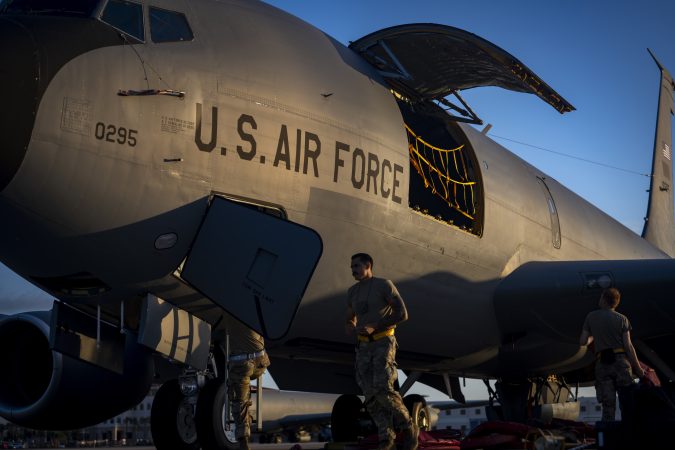
Eglin announced it was moving to “mission essential” posture, under which “only official business will be conducted and vital services will be provided.” Many base services were closed Sept. 26. The base also posted to social media that it was moving its aircraft into hangars to avoid the bad weather.
Elsewhere, Moody Air Force Base in Georgia closed Sept. 26 except for mission essential personnel and is evacuating its aircraft, which include A-10 attack jets, HH-60 helicopters, and HC-130s.
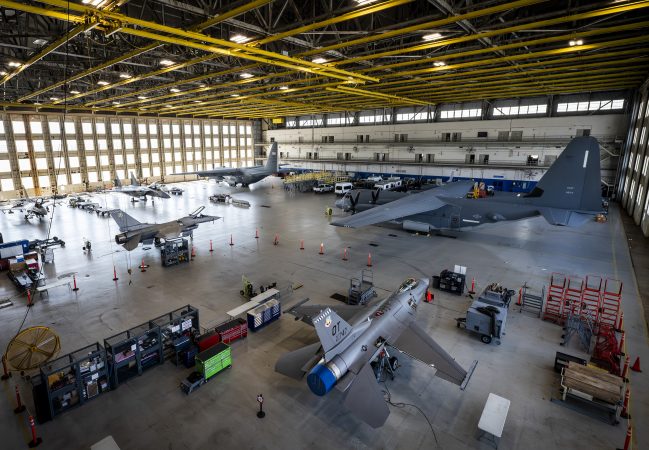
Patrick Space Force Base, Fla., has closed some on-base services ahead of the hurricane.
One unit isn’t evacuating or hunkering down—the 53rd Weather Reconnaissance Squadron of the Air Force Reserve posted on social media that it is flying its WC-130J “Hurricane Hunter” aircraft into the storm to record data.
Maxwell Air Force Base in Alabama is also hosting an incident support base for the Federal Emergency Management Agency to respond to the storm, and National Guard units are set to respond too.
“Florida and Georgia have both declared states of emergency and the governor of Florida has activated more than 3,300 National Guardsmen and 12 rotary wing aviation assets in state Active-Duty status,” Deputy Pentagon Press Secretary Sabrina Singh noted Sept. 25, adding that Georgia, Alabama, and North Carolina are expected to activate their Guard units as well.
For the Space Force, perhaps Helene’s most prominent impact will be to delay the launch of Crew-9, a NASA mission to the International Space Station that will carry Col. Nick Hague. Originally scheduled for Sept. 26, the launch of the Falcon 9 rocket is now set for Sept. 28.
Hague will be the first Guardian ever to launch into orbit, though not the first Space Force member in space—astronaut Mike Hopkins transferred into the new service in 2020 while aboard the ISS.
